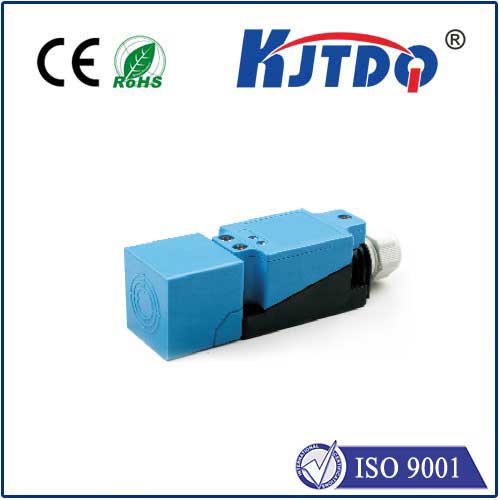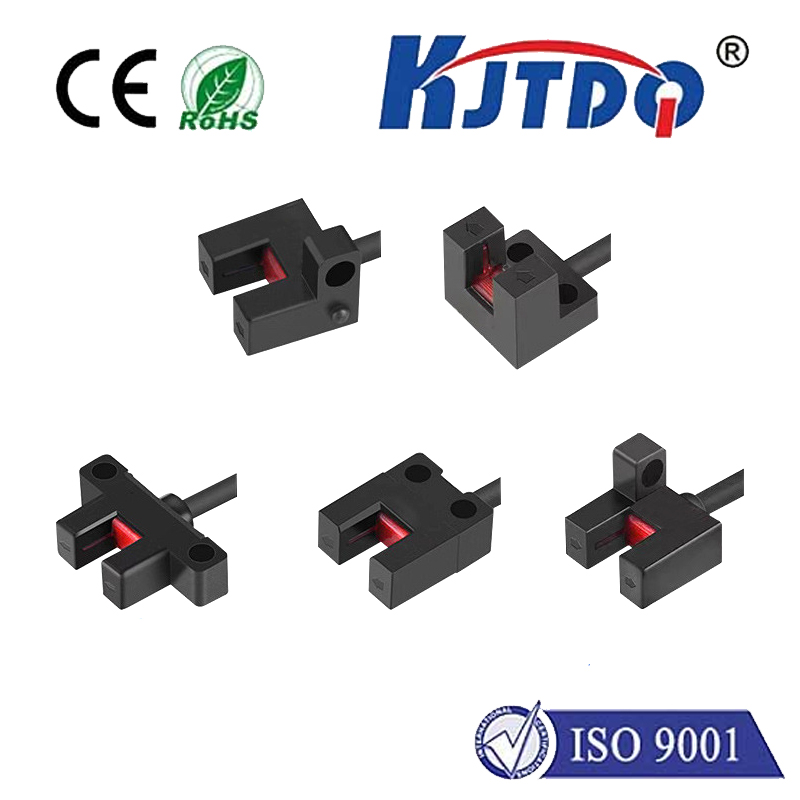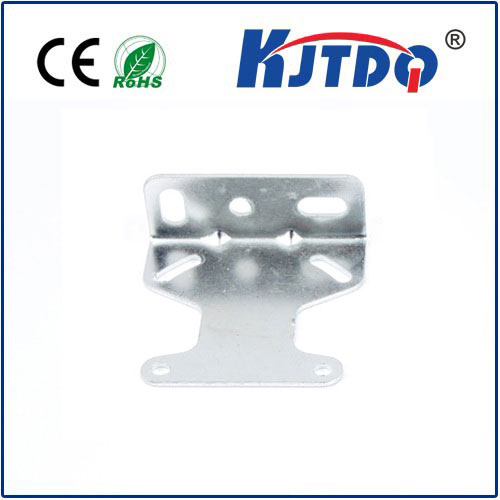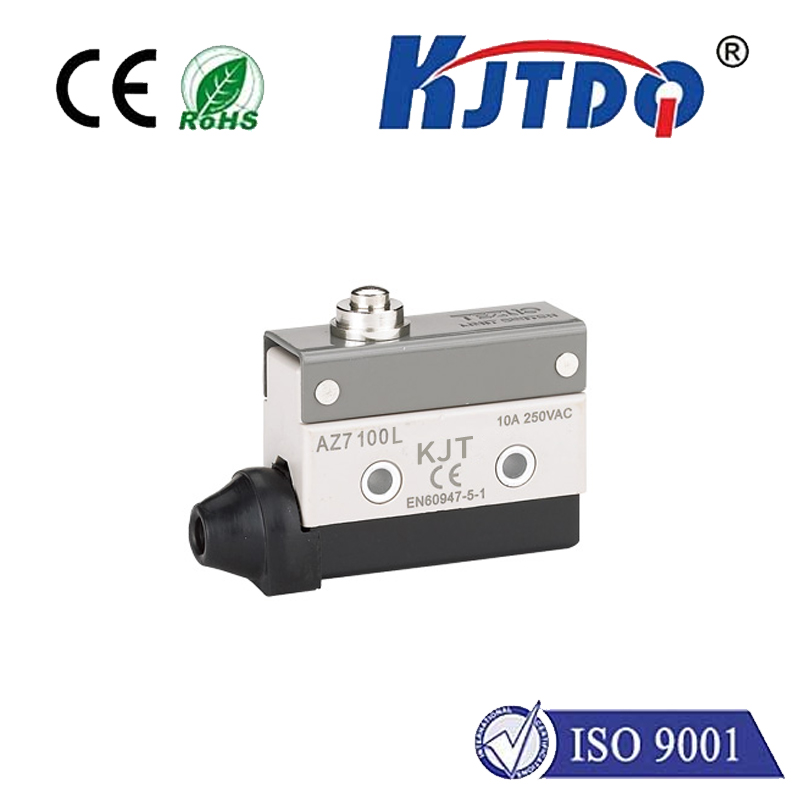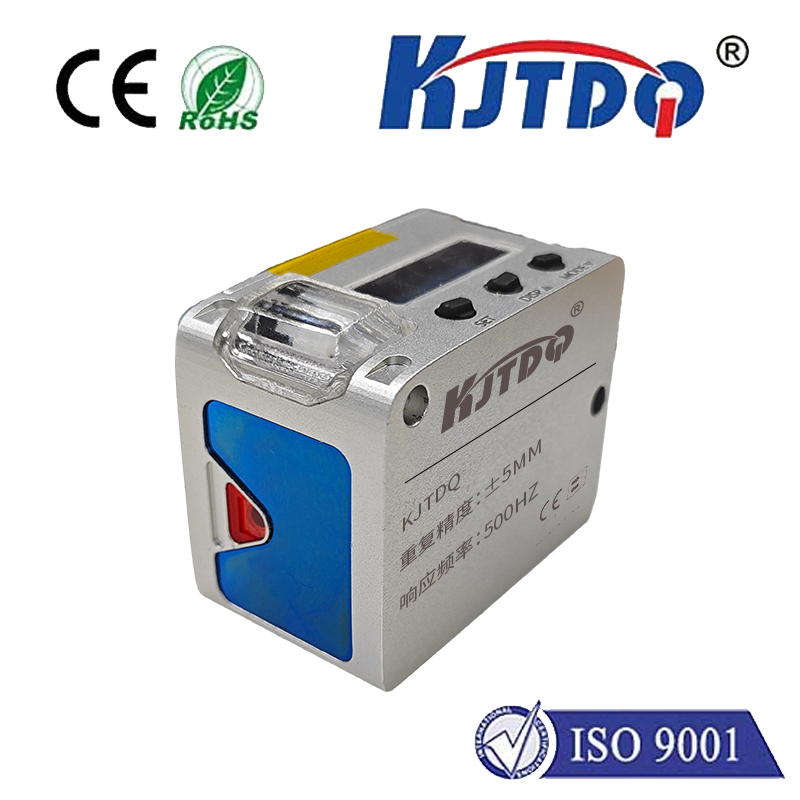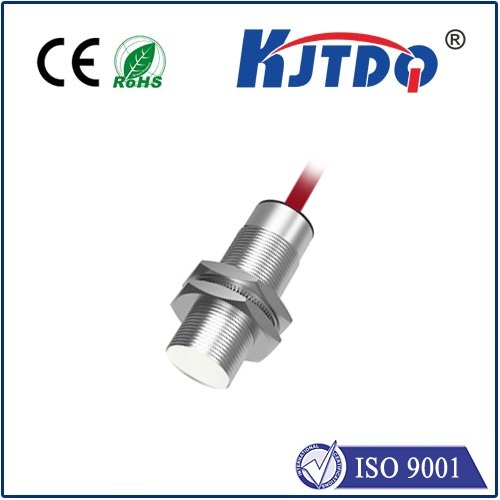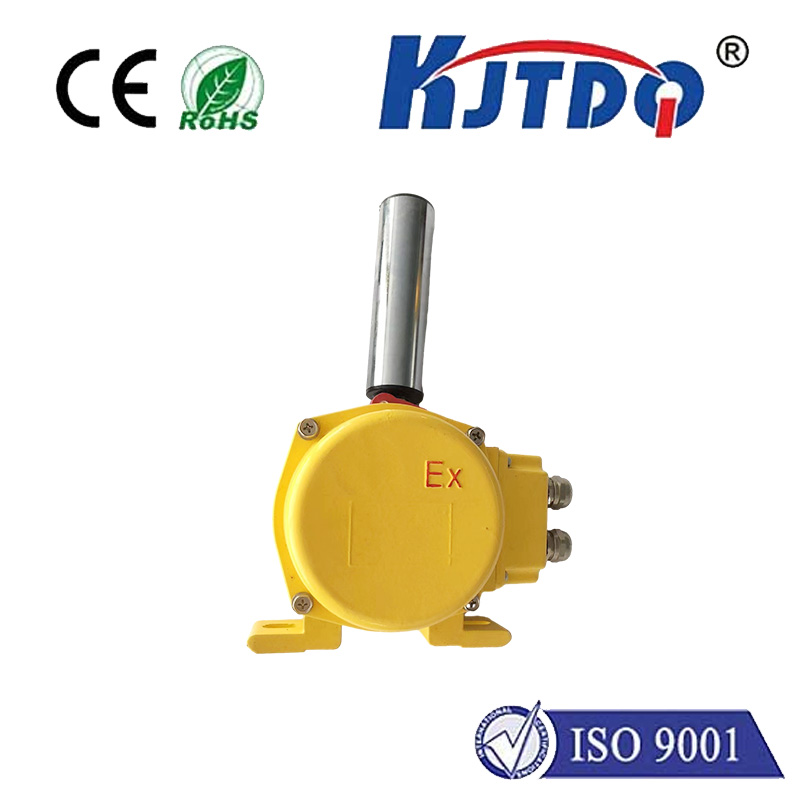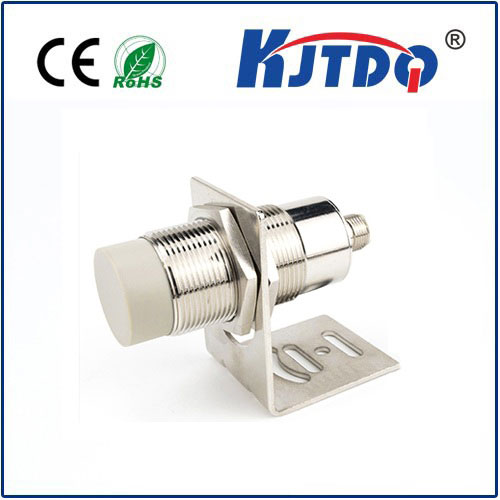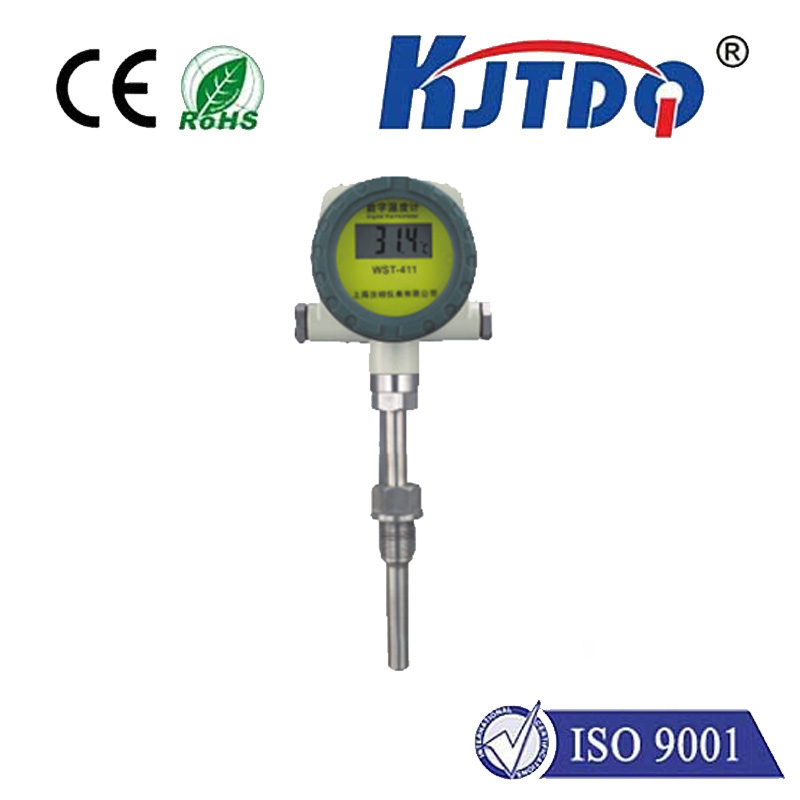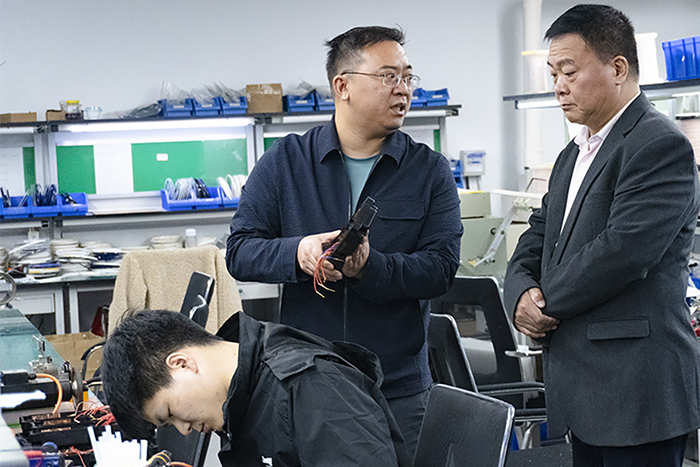
check

check

check
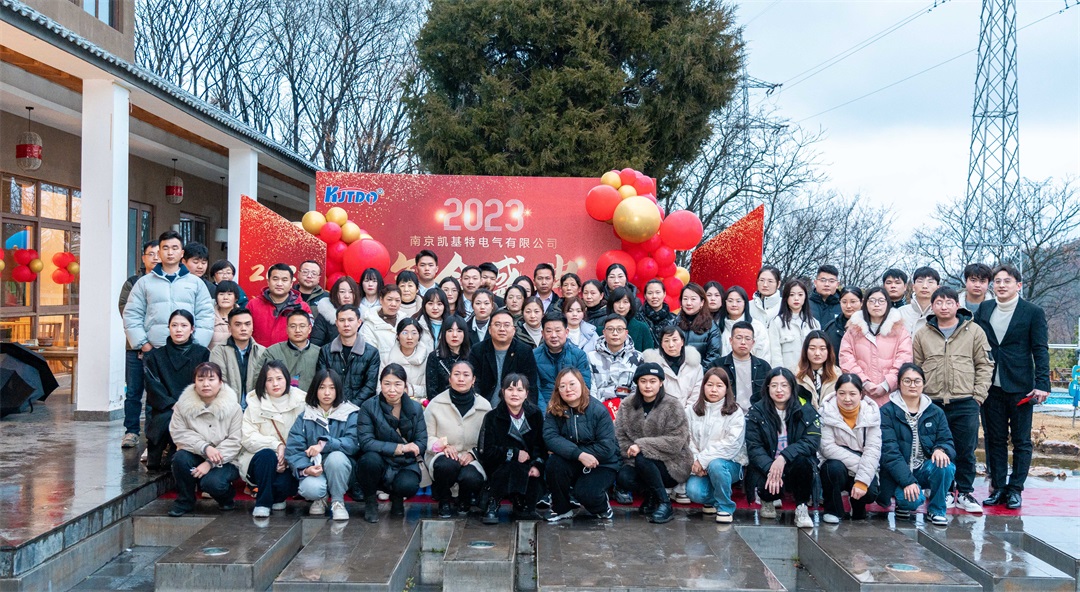
check
aser Location Sensor: Revolutionizing Precision in Modern Technology In a world where precision and accuracy are paramount, laser location sensors have emerged as a game-changing technology. These devices, which utilize laser beams to determine the position and distance of objects, are transforming industries ranging from manufacturing to autonomous vehicles. But what exactly are laser location sensors, and why are they so critical in today’s tech-driven landscape? This article delves into the science, applications, and benefits of these remarkable devices.
At their core, laser location sensors are devices that measure the distance, position, or movement of objects using laser technology. They work by emitting a laser beam toward a target and then analyzing the reflected light. By calculating the time it takes for the laser to return or by interpreting changes in the beam’s properties, these sensors can determine the object’s location with incredible precision. There are several types of laser location sensors, including:
The versatility of laser location sensors has led to their adoption in numerous industries. Here are some of the most impactful applications:
In manufacturing, precision is everything. Laser location sensors are used to ensure that machinery and robotic arms operate with pinpoint accuracy. For example, they can detect the exact position of components on an assembly line, enabling automated systems to perform tasks such as welding, cutting, or painting with minimal error. This not only improves efficiency but also reduces waste and production costs.
Self-driving cars rely heavily on laser location sensors, particularly LiDAR (Light Detection and Ranging) systems. These sensors create detailed 3D maps of the vehicle’s surroundings, allowing it to navigate safely and avoid obstacles. The high precision of laser technology is crucial for ensuring the safety and reliability of autonomous vehicles.

In construction, laser location sensors are used for tasks such as leveling, alignment, and distance measurement. Surveyors also use these devices to create accurate topographic maps, which are essential for planning and designing infrastructure projects.
The healthcare industry has also benefited from laser location sensors. For instance, they are used in medical imaging systems to provide precise measurements of body parts, aiding in diagnostics and treatment planning. Additionally, these sensors are employed in robotic surgeries to enhance the accuracy of surgical procedures.
The widespread adoption of laser location sensors can be attributed to their numerous advantages:
One of the most significant benefits of laser location sensors is their ability to provide measurements with sub-millimeter accuracy. This level of precision is essential in applications where even the slightest error can have serious consequences.
Laser-based systems can perform measurements in real-time, making them ideal for applications that require rapid data acquisition. For example, in autonomous vehicles, the ability to quickly detect and respond to obstacles is critical for safety.
Unlike traditional sensors that require physical contact with the target, laser location sensors operate from a distance. This non-contact nature makes them suitable for use in delicate or hazardous environments where physical interaction is impractical or unsafe.
From detecting microscopic objects to mapping vast landscapes, laser location sensors can be adapted to a wide range of tasks. This versatility has made them indispensable in industries as diverse as aerospace, agriculture, and entertainment.
While laser location sensors offer numerous benefits, they are not without challenges. For instance, their performance can be affected by environmental factors such as dust, fog, or reflective surfaces. Additionally, high-end laser sensors can be expensive, limiting their accessibility for some applications. However, ongoing advancements in technology are addressing these issues. For example, researchers are developing more robust laser systems that can operate reliably in harsh conditions. At the same time, the cost of laser sensors is gradually decreasing, making them more affordable for a broader range of users. Looking ahead, the future of laser location sensors is bright. Innovations such as quantum lasers and integrated AI systems promise to further enhance their capabilities, opening up new possibilities in fields like quantum computing, space exploration, and beyond.
In an era defined by technological innovation, laser location sensors stand out as a cornerstone of modern engineering. Their ability to deliver precise, real-time measurements has revolutionized industries and enabled the development of cutting-edge technologies. Whether it’s guiding a self-driving car, ensuring the quality of a manufactured product, or assisting in a life-saving surgery, these sensors are quietly shaping the world around us. As the demand for accuracy and efficiency continues to grow, laser location sensors will undoubtedly play an increasingly vital role in shaping the future of technology.
